Objects of Remembrance
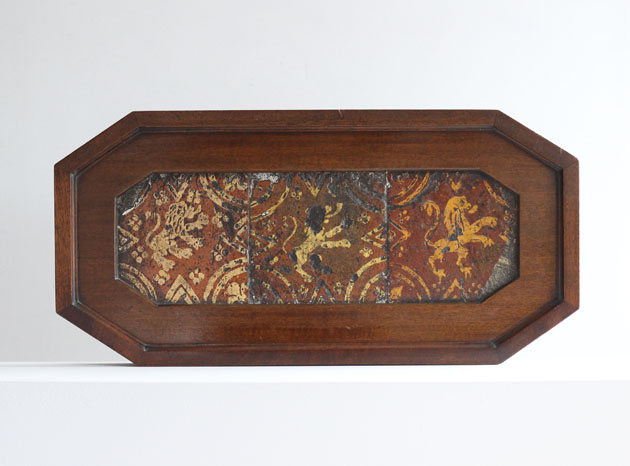
The First World War Centenary
One hundred years since the end of the conflict. To be honest I find it difficult to imagine what it must have really been like during those war years. All of us have family stories passed down, told, re-told – generations affected. I suppose it is impossible to really understand unless you were there. Are we to use this time for strengthening resolve and thinking about things we can do, or not do, to help make sure it doesn’t happen again.
Items with stories – things that remind us
The Centenary, and the 11th as a date of Remembrance, is making me reflect and look a bit deeper. These are things I’ve grown up with, ornaments of a sort, and beautiful in their own right as objects, but they also hold emotional significance as they were so cherished by my parents, their parents and my relatives – for whom they were deeply affecting. It is having seen this emotion that makes them treasures to me.
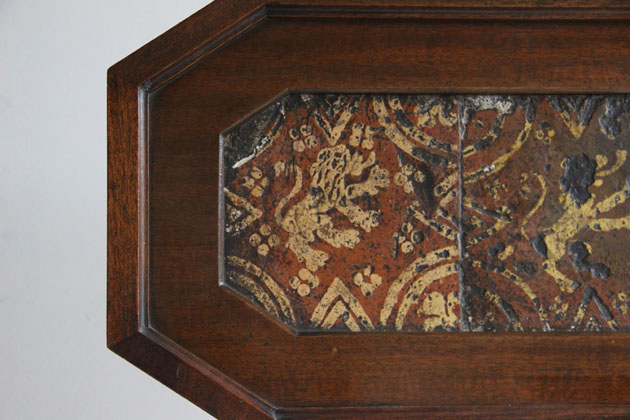
Ypres
These are three tiles which were brought back from Ypres Post Office by my grandfather – the Post Office was bombed and destroyed and the tiles picked up out of the rubble. How fitting that they should illustrate the Lion Rampant – symbolising courage, strength and valour. They now hang on the wall here (my father had the frame made to hold them) in the room I call my office.
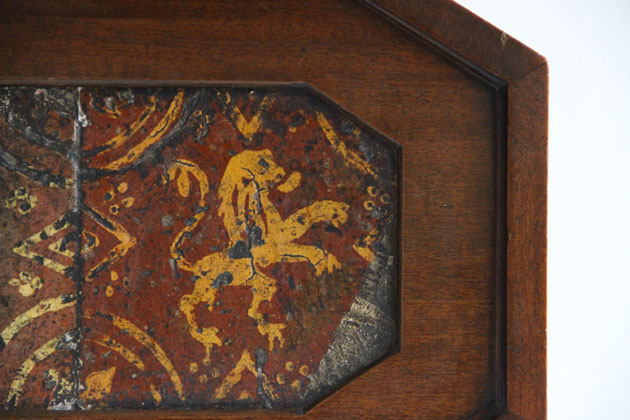
Shrapnel and Shell Case
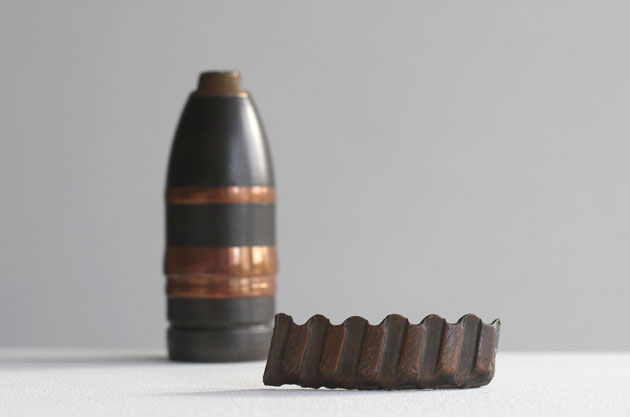
Come with stories of those wounded by explosions and flying shrapnel.
Gallipoli Experiences
Also recently I have typed up the extraordinary account written by my great-grandfather, a doctor, who details his time in Gallipoli. What strikes me is the humour, bravery and stoicism in the face of atrocious conditions and real horror. At times it was harrowing to read.
The motto of the RAMC, Royal Army Medical Corps is In arduis fidelis – Faithful in adversity.

Cap Badges
Worn with pride by those who didn’t come back.
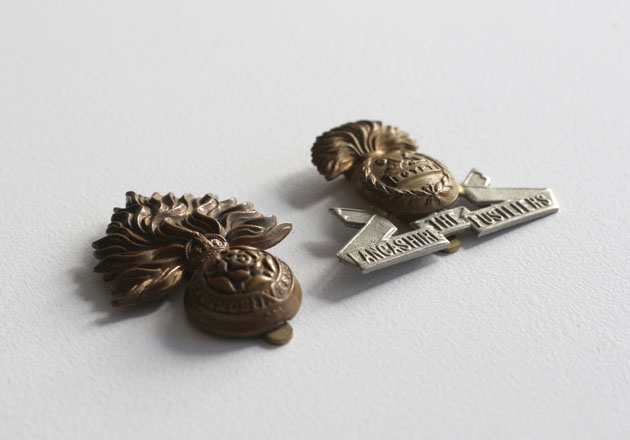
Carved stone plaque
A small coincidence happened in a request I received to carve a plaque for a soldier, Frank Saunders, who had been ‘forgotten’. A local history group discovered that a name had been missed off the stone memorial at Christ Church in Appleton-le-Moor and set about putting it right. As it turns out this soldier also fought at Ypres, but died of his wounds.
The soldier lived at Appleton Hall, which at the time was a school run by his sister-in-law. When on home leave Frank encouraged the pupils to knit socks and scarves for soldiers on the front line and records show regular parcels were sent from the children.
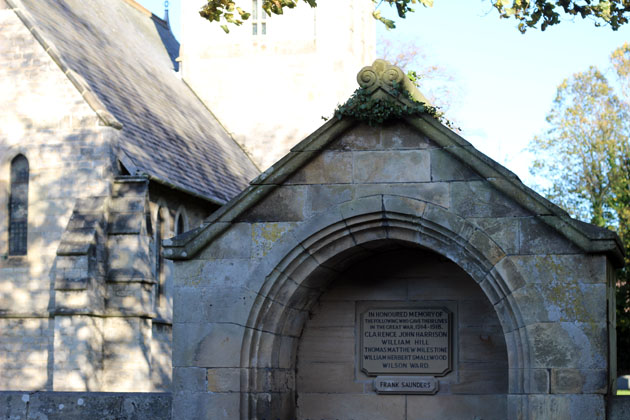
Ypres in the Great War of 1914-1918
Lest We Forget
I keep hearing ‘Lest we Forget’. I hardly dare open my eyes to the news for fear it is history repeating.
Sometimes an artistic expression is what makes a connection of sorts, I was struck by A Century of Silence opening this week at ACEarts Gallery.
The exhibition explores three key cultural filters – silence, memorial and the poppy – through which we relate to incomprehensible or inexpressible events now beyond the memory of any living individual. The works have all been created in poppy seeds, the number of seeds emblematic of the scale of loss.
